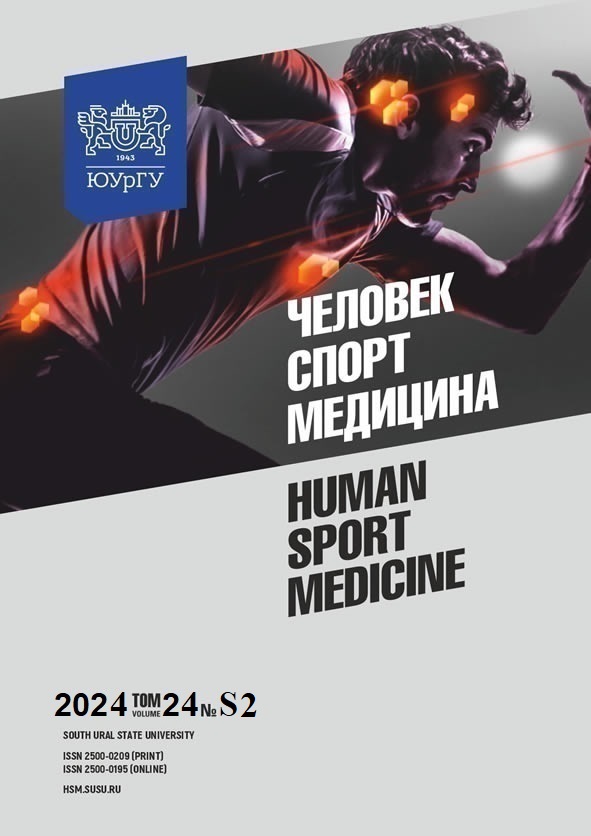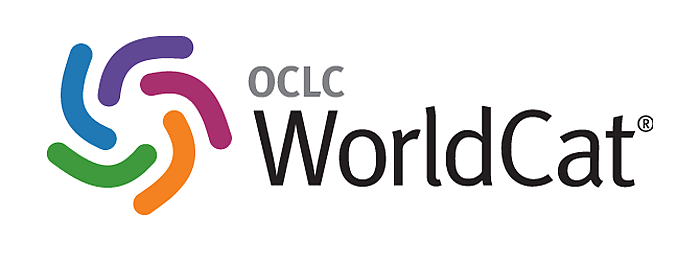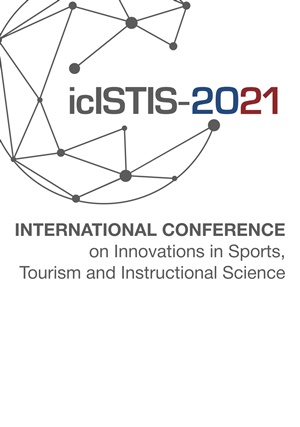ARTIFICIAL INTELLIGENCE IN SPORTS AND PHYSICAL EDUCATION: TRENDS, THREATS AND ADAPTATION TO THE NEW REALITY
Abstract
Aim. This study identifies trends, threats, and prospects for a widespread use of artificial intelligence (AI) in physical education and sports. Materials and methods. Our methodology included a combination of comprehensive bibliometric analysis (publications on AI, official documents, and regulations), word frequency analysis (Google Books Ngram Viewer), and search query analysis (Google Trends). ChatGPT 3.5 was used to find a way of introducing AI into physical education and sports. Results. Modern dynamics is associated with a decreased interest in physical education and sports against a growing popularity of AI concepts. Our findings indicate the following principal areas of AI application in physical education: training program design, predictive analytics, wearable technologies for health monitoring, tactical decision support systems, and automated refereeing systems. Furthermore, our analysis suggests the emergence of new AI-driven sports as well as AI-enhanced sports journalism and data analytics. Conclusion. AI will profoundly reshape the professional landscape of physical education and sports and make certain roles obsolete. This study offers valuable insights, emphasizing the development of increasingly sophisticated AI systems capable of managing and optimizing existing infrastructure. The active use of AI promotes the transition towards an AI-centric future in sports and physical education.
References
References on translit
Copyright (c) 2025 Human. Sport. Medicine

This work is licensed under a Creative Commons Attribution-NonCommercial-NoDerivatives 4.0 International License.















